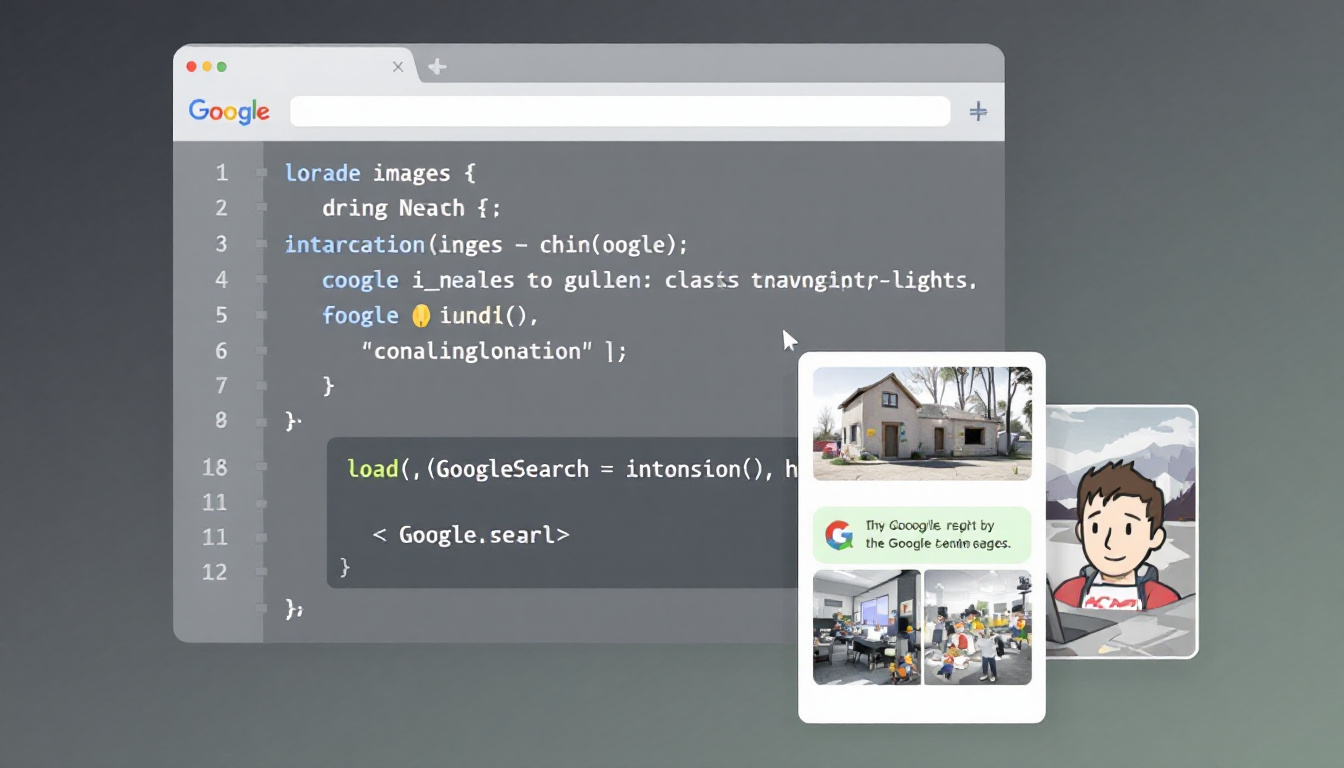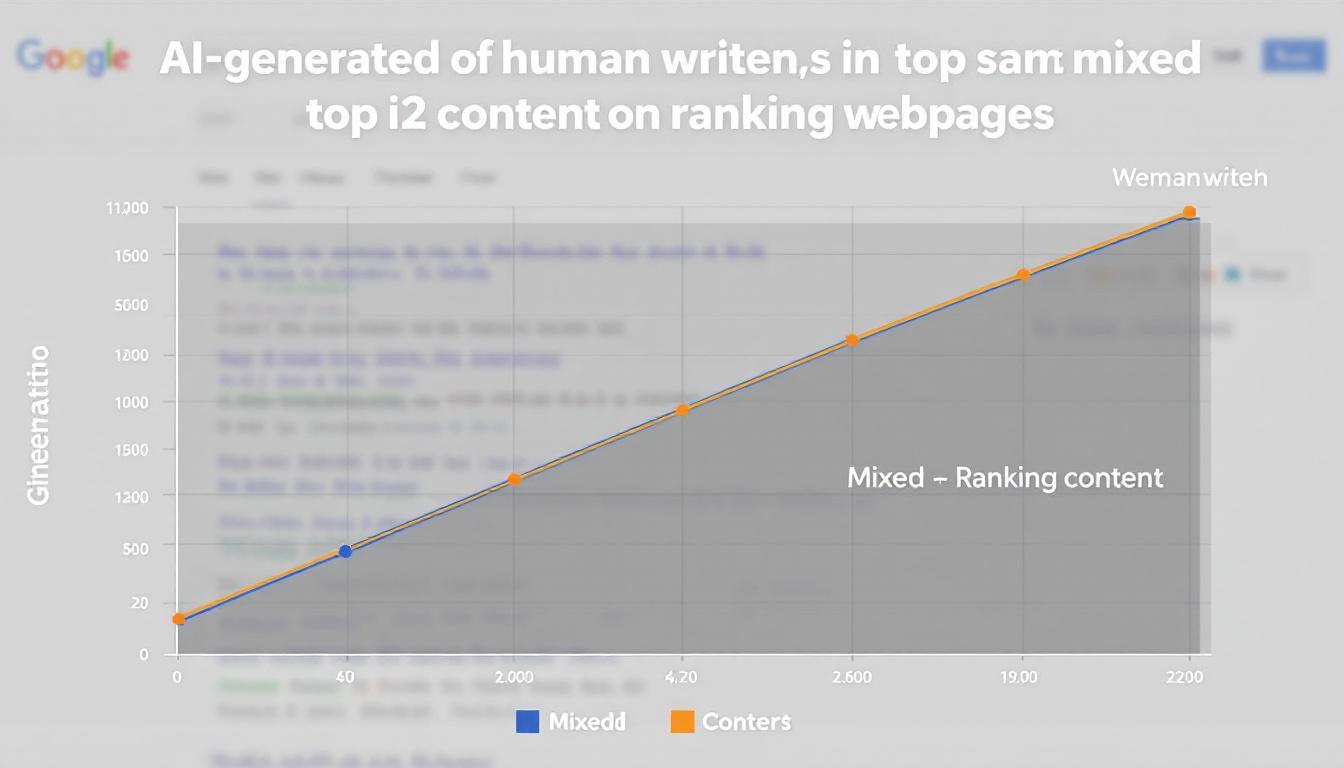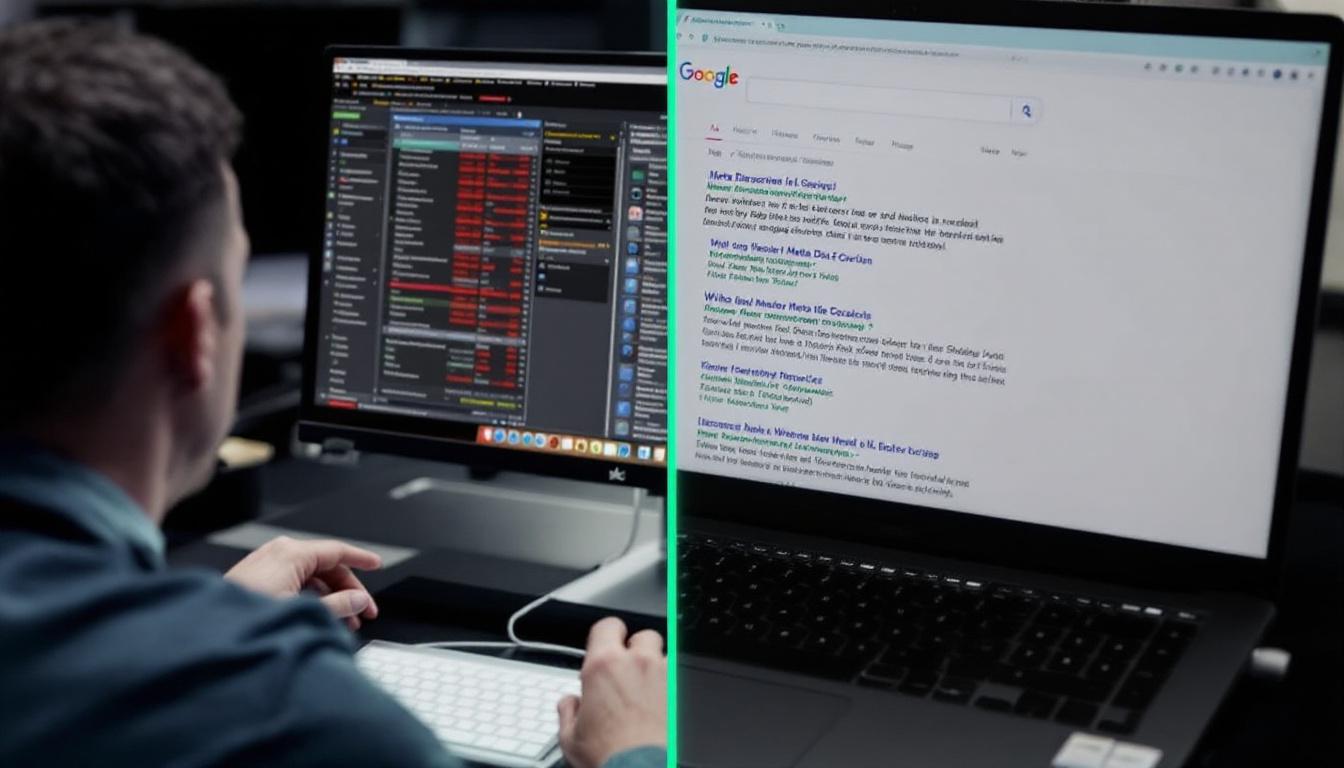In a recent discussion, Google’s Developer Advocate Martin Splitt tackled a widespread SEO misconception, affirming that images loaded via JavaScript are fully indexable by Google when configured properly.
SiteGuru
Elevate and track your website's performance with a practical SEO action plan.
JavaScript Image Loading is Not a Barrier
Addressing concerns among SEO specialists, Splitt emphasized that the use of JavaScript for loading images does not inherently hinder their indexing by Google’s search engine.
Martin Splitt Clarifies the Misconception
During the SEO for Paws Conference, Splitt shed light on the common misunderstandings surrounding JavaScript and image indexing.
“Using JavaScript to load images is perfectly acceptable.
Image indexing can be achieved using purely JavaScript-based solutions,” Splitt stated.
This assurance alleviates fears that integrating JavaScript into image loading processes could negatively impact image visibility in Google search results.
Underlying Reasons for Image Indexing Failures
While JavaScript itself is not the issue, Splitt identified other factors that could prevent images from being indexed effectively.
Common Challenges Impacting Image Visibility
Splitt outlined several prevalent issues that might impede the indexing of JavaScript-loaded images.
- Sitemap Exclusions: Important images might be absent from the XML sitemaps, leading to indexing gaps.
- HTTP Header Restrictions: Certain HTTP headers associated with image files could prevent their indexing.
- Rendered HTML Omissions: If images are not present in the HTML rendered after JavaScript execution, they remain unseen by Googlebot.
These elements can obscure images from Google’s indexing processes, necessitating a thorough review to ensure all potential barriers are addressed.
Approaches to Troubleshoot Image Indexing Issues
To effectively identify and resolve image indexing problems, Splitt recommended leveraging specific tools and methods.
Utilizing Google’s URL Inspection Tool
One of the primary steps involves verifying the rendered HTML to ensure images are present.
“You need to verify whether the rendered HTML includes the images.
If they are present, that’s a positive sign. If not, additional investigation is required,” Splitt advised.
By using tools like Google Search Console’s URL Inspection, developers can ascertain the presence of images in the rendered page, facilitating targeted troubleshooting.
Various JavaScript Methods for Image Loading and Their Effects on SEO
Different techniques for loading images with JavaScript can influence their indexing, depending on their implementation.
Common Image Loading Techniques
Splitt discussed several popular JavaScript-based methods for loading images and their compatibility with Google’s indexing.
- Lazy Loading: Images are loaded as they enter the viewport, optimizing initial page load times.
- Progressive Loading: Initially displays a low-resolution image, which is subsequently replaced with a higher-resolution version.
- Infinite Scroll Loading: Continuously loads new images as the user scrolls down the page.
- Background Image Insertion: Adds images via CSS backgrounds, rather than traditional
<img>tags.
When implemented correctly, these methods do not impede Google’s ability to index images, though each may require specific verification steps to ensure optimal performance.
Guidelines for Effective JavaScript Image SEO
Following certain best practices can enhance the likelihood that JavaScript-loaded images are successfully indexed.
Ensuring SEO-Compatible Implementation
Splitt outlined key strategies to maintain image indexability when using JavaScript.
- Check with URL Inspection: Confirm that images appear in the rendered HTML.
- Update XML Sitemaps: Ensure that all crucial images are listed with appropriate tags.
- Incorporate Alt Text: Provide descriptive alt text for images loaded via JavaScript.
- Implement Native Lazy Loading: Use the
loading="lazy"attribute where appropriate. - Review Robots.txt: Make sure that JavaScript resources responsible for loading images are not blocked.
Adhering to these practices helps maintain the visibility of JavaScript-loaded images in search results, thereby supporting overall SEO efforts.
The Bottom Line
Instead of steering clear of JavaScript, SEO professionals should focus on ensuring that images are properly loaded and appear in the rendered HTML.
As the web increasingly relies on JavaScript frameworks for image loading, understanding these nuances is essential. Professionals adept at troubleshooting and optimizing JavaScript-based image loading will better support their clients’ presence in search results.








